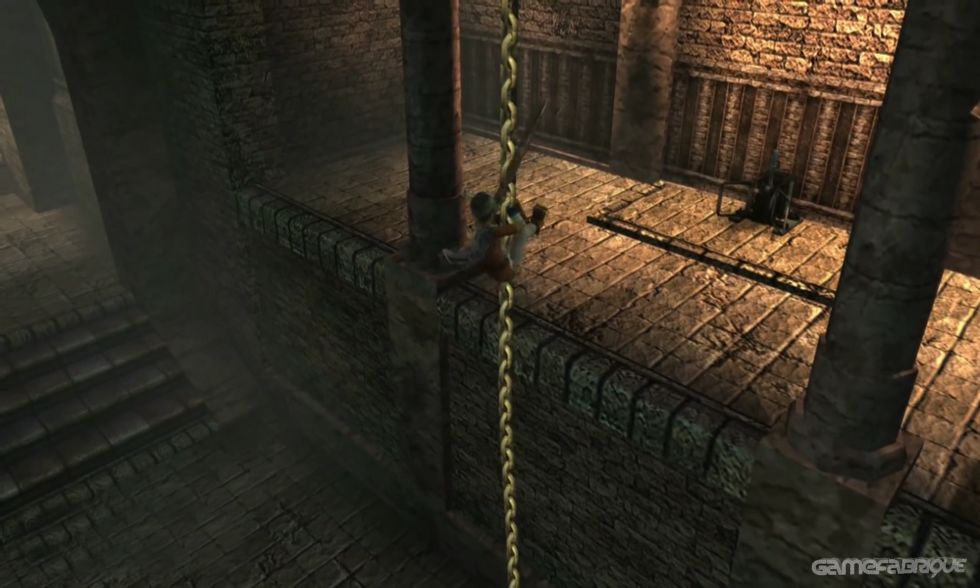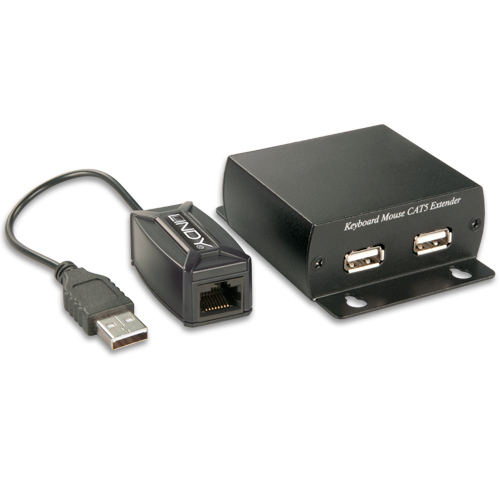

I would much rather have a phono stage with a 70dB S/N ratio and a 30dB overload margin than less noise and less margin.Īs to why it's not done, hard to say. It's all very well having an 80dB+ S/N ratio, but when the S/N ratio of the LP is 60dB at very best, that 80dB is pointless especially if that reduces the overload margin below 25-30dB. As with power amps, the behaviour of the phono stage when overloaded will determine whether the clicks and pops are heard just as a slight click, or a loud bang.įrom the measurements I've seen here and elsewhere, many modern SS phono stages feature lower noise, but at the expense of overload margin. On top of that, there is the effect of clicks and pops, which although of very short duration, can easily exceed the 20dB over 5cm/sec that music is cut.

Consequently, amplifier phono stages must be capable of at least 20dB of overload margin from whatever cartridge is in use, and a good few modern stages aren't capable of that. It is the implementation that is most significant, not the type of device used.Ĭlick to expand.Back in the 'Good Old Days', Shure showed that LPs are often cut with levels up to some 20dB above the nominal 5cm/sec recorded velocity that cartridge output is rated at.

It is possible to design excellent amplification with all kinds of active devices, it just makes it more challenging, and the engineering tradeoffs more interesting, depending on the devices chosen and the tradeoffs made. There are also, to this day, some extremely poor valve amplifier designs. That there have been poor solid-state designs says more about the designers than the active devices. However, it is just as possible to build high overload margin transistor or FET amplifiers - it's just a bit more expensive than that standard +/- 15V rails that are typical. Therefore it follows that valves will deal with the massive transient spikes present in imperfect LPs better than transistors" This is just factually wrong, and well proven.Ī byproduct of the higher voltage needs for vacuum-tube amplifiers is typically a high overload margin (for small signal circuits like phono preamps), making them tolerant of overload. " It is well known that valve circuits are much more tolerant to overload, they recover much quicker and distort less than transistors. So I could listen through the vinyl medium, not to it!" - This is just hifi nonsense, listen through it and not to it - right. "I wanted maximum musical detail, but without emphasizing the imperfections through wear, clicks scratches etc. Shaw is talking nonsense.Īny amplifier, with any sort of active devices, can be designed and built to be highly tolerant of overload conditions. My question is, as per the thread title, do tubes make sense in phono preamps because, as Mr Shaw says, deal better with the imperfections of the vinyl medium?Ĭlick to expand.No, Mr. I am aware of the generalized opinion (in this forum, at least) that tube-based amplifiers are basically nonsense in terms of sonic quality because they add noise and distortion, and usually have pretty high output impedance which then may mess up the frequency response. Therefore it follows that valves will deal with the massive transient spikes present in imperfect LPs better than transistors It is well known that valve circuits are much more tolerant to overload, they recover much quicker and distort less than transistors. So I could listen through the vinyl medium, not to it! I wanted maximum musical detail, but without emphasizing the imperfections through wear, clicks scratches etc. I bumped into this comment allegedly from David Shaw, from Icon Audio, regarding their PS1 Signature Phono preamp (tube based).


 0 kommentar(er)
0 kommentar(er)
